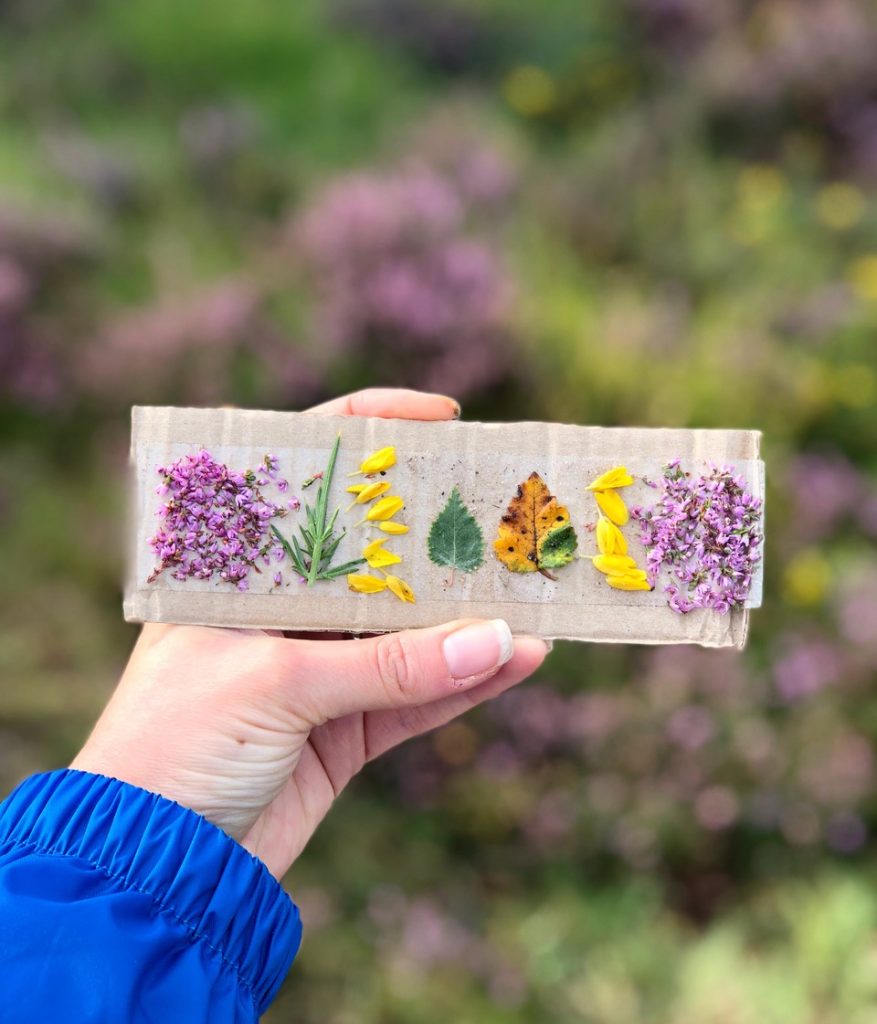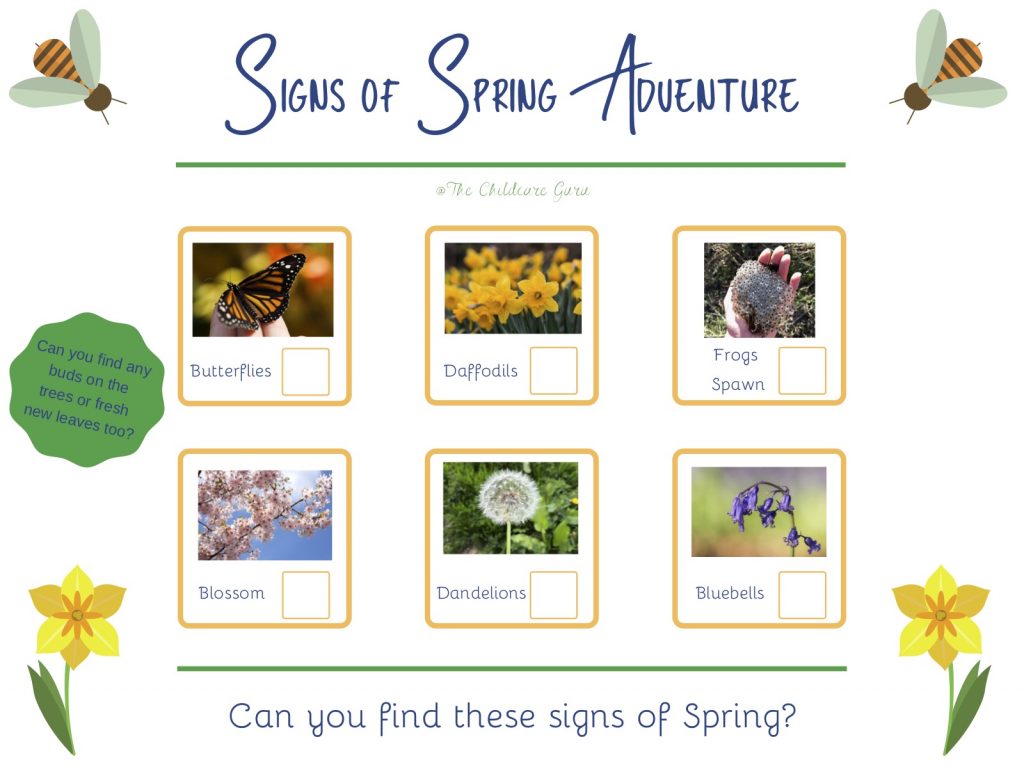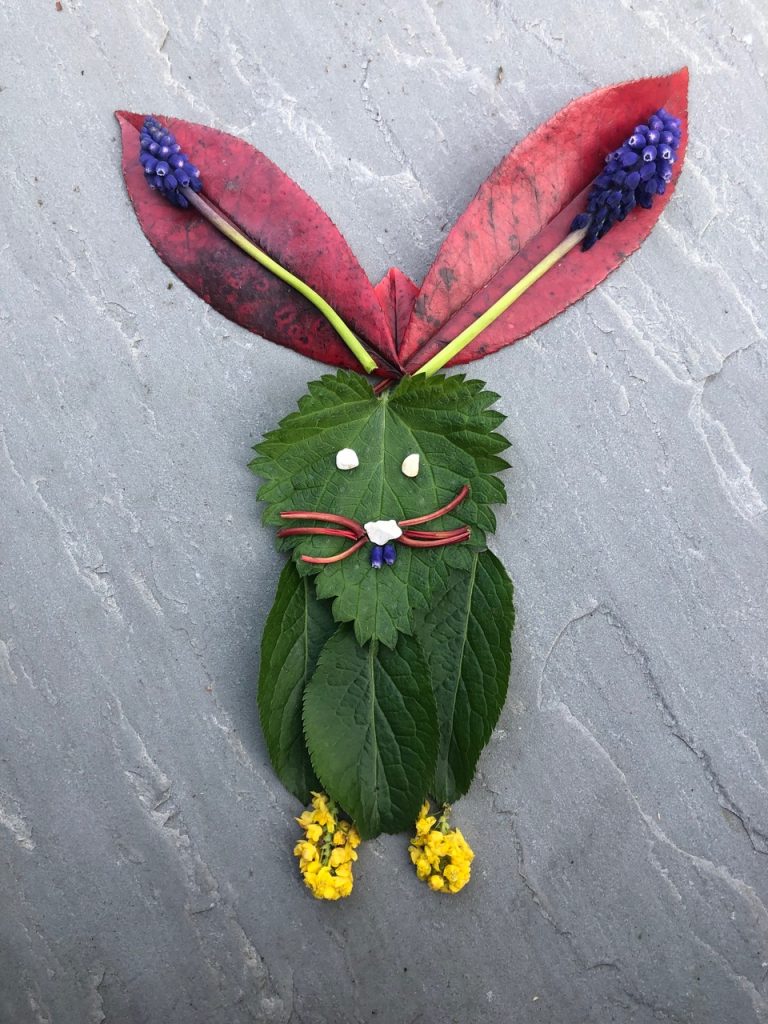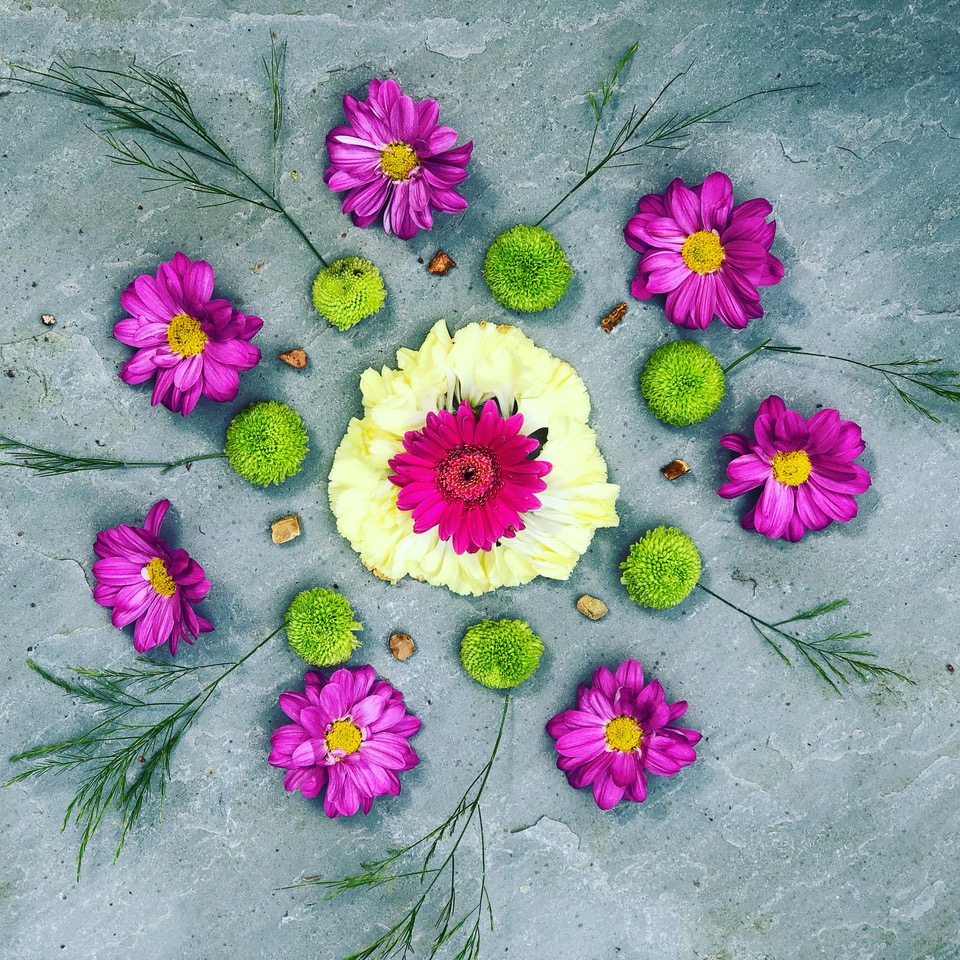Firstly let me introduce myself. I’m Jamie, an early years specialist and the creator of ‘The Childcare Guru’. I have a passion for the outdoors, in particular Forest School. I love to encourage children to learn through play, building on their self-confidence & resilience. I have worked in many roles in my career, from managing nurseries, working as a deputy headteacher and as an early years consultant. My two debut books are released this year, ’50 Fantastic Ideas for Forest School’, available now and ‘Building confidence, resilience and emotional intelligence in young children’, available for pre-order.
It’s difficult to put into words the current COVID-19 pandemic. We find ourselves stepping back from the fast-paced world we ‘normally’ live in – I say ‘normally’ in inverted commas because I know that so many are working tirelessly on the frontline to fight this virus, putting themselves at risk to support our nation. Which I am eternally grateful for and I have no doubt that everyone shares this gratitude.
I have spent a few days mulling over the purpose of this blog entry and how best to write it in order to support parents. I have come to the conclusion that everyone will be facing different challenges and adapting to new realities. So to begin, I wanted to say don’t put pressure on yourselves. There has been SO much talk about ‘homeschooling’ on the internet and I feel that parents have been put under immense pressure to put education plans in place or try to homeschool their children. The reality is that children learn through play and your children will not suffer from a few months out of school, this is an amazing opportunity to teach life skills, play at home, explore the outdoors (where possible) and bring together the family. So I wanted to arm you with some exciting and fun activities that you can easily do at home with your children, in particular outdoor ideas for your garden or on your daily exercise.
1. Outdoor play & natural resources
The outdoors provides us with a wealth of resources and opportunities for play and exploration. The following ideas are flexible, adaptable and suitable for any type of environment you may have access to, including gardens and areas on you come across on your daily exercise (primarily to collect resources if nothing else!). Spending just 15 minutes a day outside is proven to boost our wellbeing – especially in times like now, having some outdoor time is crucial to children’s health both physically and mentally.
I won’t go into too much detail about the theories and research behind the importance of being outdoors, however one theory really resonates with me is ‘SPICES’, which stands for –
S – social
P – physical
I – intellectual
C – communication
E – emotional
S – spiritual
Being outdoors allows for holistic learning, this simply means it focuses on the needs of the whole child rather than just one element of their development or learning. Being outside offers children the opportunity to connect or re-connect with the natural world around us. The environment itself offers great opportunities for learning, exploration, discovery, and risk-taking. You feel a sense of calmness when outside and it really helps to nurture and heal.
Sticks, leaves, fallen petals, moss and stones are all brilliant resources for play. Often we just bypass these types of resources but they can add so much value and create plenty of play opportunities that are priceless. Here are some of my favourites…
Activity – Free Barnacle the Dragon!
(note: you can change the characters/themes of any activity to suit your children’s interests!)
You can write this activity introduction onto a letter to read to your children to make it even more magical and exciting! So they think they have received a letter personally!
‘The menacing woodland witch has cast a sleeping spell on Barnacle the dragon. Whilst he is sleeping he is unable to protect the woodland animals with his magical dragon tears! There is only one way to break the spell and we need your help! Can you collect the woodland ingredients to break the witch’s spell?’
Ingredients (perhaps you can find these on your daily walk or out in your garden?
A lump of mud
5 green leaves
6 brown leaves
4 sticks
8 blades of grass
3 stones
1 snail shell
1 piece of moss
Once you have your ingredients, mix them together in a pot. Then you must chant your woodland spell to free the dragon! (Older children may want to create their own chant/poem).
“The woodlands provide us with so much,
We must be delicate with our touch.
This magic potion we will make,
To ensure the witches spell will break.
Then Barnacle will be free to fly,
Our dragon soaring through the sky.
Happiness will resume,
And the witch will lose her broom!”

Activity – What can you find?
I love the simplicity of this activity but that it also helps children to notice their surroundings and ask questions about their finds. As spring is finally here there are lots of changes around! Simply take a piece of cardboard (or anything similar) and cover it with double-sided sticky tape (or fold the sticky tape in two). Children can then explore their garden or areas on their daily walk to place onto their cardboard. This will encourage them to compare their findings and see what patterns and colours they can create on their boards!
If you are stuck to find answers to what plants they may find, this app is very helpful. The woodland trust also has a tree identifier app which is very useful!

Activity – Spring Spotter Sheets
As mentioned there are so many changes around us at the moment and on my website, you can download free seasonal spotter sheets. Why not go on an adventure from your homes or in your gardens and see what changes are around and what you can find.

Activity – Natural Art
I love nothing more than creating art with children using natural resources. Again, free items that you can find in your gardens or locally on walks. Like sticks, petals, leaves, stones, shells… be creative! Using these items you can create large ground art, including self-portraits, animals, shapes, scenery… the list is endless!



For some more ideas head over to my YouTube channel.
2.Turning the everyday into great play
Children thrive on routine, it helps them to feel secure and safe as they can anticipate what is coming next, even if that is 2 hours free play – to have that scheduled helps to organise their day and yours. There are so many things we do each week that can be slightly enhanced to create play opportunities, which in turn provides learning experiences.
I find that role-play games are highly effective in capturing children’s attention, creativity and curiosity. Here is a list of activities you might complete both daily and weekly that can be enhanced for play and learning:
1. Creating restaurants at mealtimes – encouraging children to put together menus (with or without support depending on age), setting up the tables and helping with the cooking. This supports them to voice their likes/dislikes, experiment with cooking/baking (mathematical, literacy & scientific skills), be creative, work in a team and have fun!
2. Building a den outside or inside for story time or perhaps movie time! Making dens facilitates so many opportunities. Children have to use their creative skills to build and design their dens, using trial and error and resilience to keep on trying! It also offers time to work together, collaborating and communicating. Dens can be turned into a magnitude of different ideas, including imaginary games, role-play, quiet space, laboratory, spy headquarters… the possibilities are endless. There are some further ideas in ‘101 things for kids to do outside’ a really useful book full of quick and creative ideas, I have added this to the reading list below.
3. Set up your own in home library system. Children can make their own tokens or library passes to choose and select books to use each day. Creating a ‘story of the day’ voting system so everyone in the household votes for the bedtime story each day, teaching about democracy and taking turns. Stories are also a fantastic way to extend play. Take the well-known book ‘We’re going on a bear hunt’, you can act this story out in your garden or on a walk! Children love to take well-known stories and turn them into play/adventure or role-play. On my YouTube channel, I give an example of this. Whirli also has plenty of books to borrow for your home library with puppets and toys to accompany.
4. Movies/TV – everything in moderation! I know there can be stigma around children watching TV too much but I truly believe there is a place for everything and there can be so much learning from movies and TV shows. The Disney movie Mulan, taught me to be strong, independent and a go-getter – to this day it is one of my favourite ever films! So, rather than simply putting a movie on why not extend this activity even further… ask the children or support them to create a cosy cinema space. Invite them to create a snack stand and prices for each item (mathematics & literacy), make their own movie theatre poster and vote for their favourite movie each week (or however often works for you), they can even design their own cinema tickets! When I did this activity it took me several hours of great fun to put this all together. Here is a simple video to give you some inspiration.
5. If you have got a garden space and have access to local supermarkets, now is a wonderful time to create your own growing area outside – planting your own produce creates wonderful experiences for children, it allows them to understand life-cycles and be given the responsibility to grow and nurture your own produce. There are some lovely ideas in Annie Davy’s book ‘a sense of place’.
Lastly, Whirli has some wonderful resources to borrow that can really enhance play and learning at home, especially their role-play toys like the Plan Toys Doctor Set which is a great way to introduce to children about the current pandemic through a role-play scenario. Often this is the best way to teach and educate children, through a hands-on experience, an opportunity for them to role-play out what you may be telling them (in simplistic forms).
3. Quality time
I want to reassure you that children will look back on this time as a period where families came together, had quality time and re-connected. We live in a world where everything is going 100 miles per hour and although this is an uncertain and scary time, we have to try and see the positives where possible. Children want nothing more than our time, to feel secure and safe. The importance and value of family is crucial– suddenly money, wealth and material things seem far less important. Now is a time to re-connect, reflect and value what we have.
Parents are not meant to be formal teachers and shouldn’t see that as their role or to fill in whilst their children are not in mainstream education or nursery. The parent/child and child/teacher relationships are very different. Don’t pressure yourselves – we are all trying. This is uncertain times for not only adults but children too, their ‘normal’ has been removed so it is a period of adjustment. You know your children better than anyone else, so what you decide to do during this time will be unique to your family and your circumstances but right for you too.
Value what you have, laugh together and find happiness in whatever forms. This will be a time to look back on and realise how this shaped and changed us. It reminded us of what really is important in life.
Reading list:
- Barnes, J (2020) 50 Fantastic Ideas for Forest School
- Barnes, J (2020) Building confidence, resilience and emotional intelligence in young children
- Barnes, J (2020) 50 Fantastic Ideas for Forest School
- Barnes, J (2020) Building confidence, resilience and emotional intelligence in young children
- Davy, A (2019) A sense of place, mindful practice outdoors
- Buchan, N (2016) A practical guide to nature-based practice
- Isaac, D (2014) 101 things for kids to do outside
- Upton, D (2020) Five Minute Mum: Give Me Five: Five minute, easy, fun games for busy people to do with little kids
Share this article